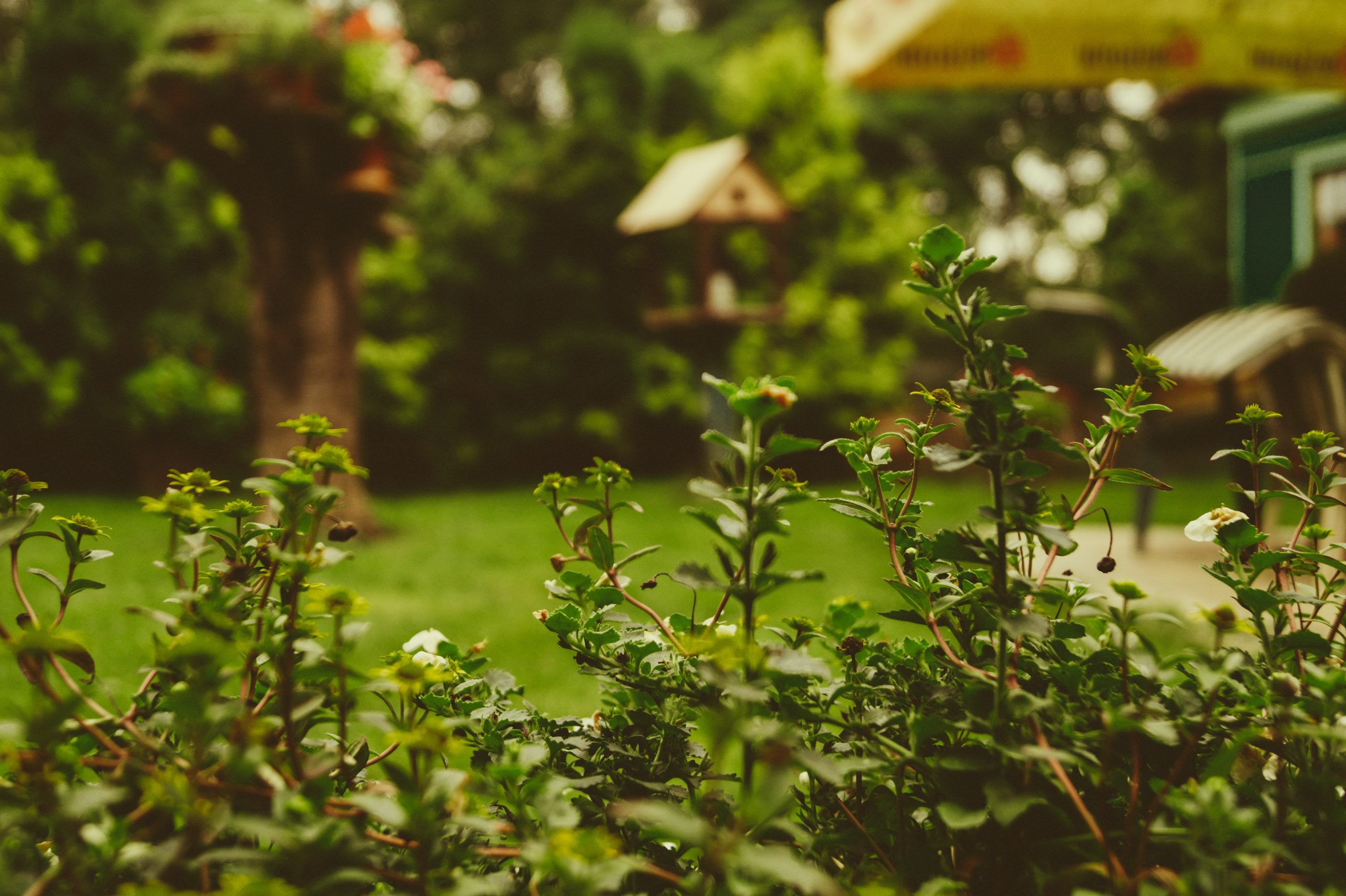Orchids are one of the most beautiful and diverse families of flowering plants in the world. With over 25,000 species and more than 100,000 hybrids, orchids are found in almost every corner of the globe. But have you ever wondered how these stunning plants grow and develop from a tiny seed to a full-grown blooming orchid? In this article, we will explore the fascinating life cycle of an orchid, from seed to bloom.
The Seed Stage
The life cycle of an orchid begins with a tiny seed, which is produced by the plant’s flowers. Orchid seeds are incredibly small, often measuring less than a millimeter in size. Unlike most other plants, orchid seeds lack an endosperm, which is a nutrient-rich tissue that provides nourishment to the developing embryo. Instead, orchid seeds rely on a symbiotic relationship with fungi to germinate and grow.
Once the orchid seed is released from the plant, it falls to the ground and comes into contact with fungi in the soil. The fungi attach themselves to the seed and begin to break down the tough outer layer, allowing the embryo to emerge. The fungi then provide the young orchid with the nutrients it needs to grow and develop.
The Vegetative Stage
After the orchid seed has germinated, it enters the vegetative stage of its life cycle. During this stage, the orchid produces a single leaf and a root system. The leaf is responsible for photosynthesis, which provides the plant with energy, while the roots absorb water and nutrients from the soil.
As the orchid grows, it may produce additional leaves and roots, depending on the species. Some orchids, such as the Phalaenopsis, produce long, fleshy roots that are used to store water and nutrients. Other orchids, such as the Cattleya, produce thin, fibrous roots that are used to anchor the plant to its growing medium.
The Reproductive Stage
Once the orchid has reached maturity, it enters the reproductive stage of its life cycle. During this stage, the orchid produces a flower spike, which is a long stem that bears multiple flowers. The flower spike can grow up to several feet in length, depending on the species.
The flowers of an orchid are some of the most beautiful and intricate in the plant kingdom. Orchid flowers come in a wide range of colors, shapes, and sizes, and often have unique patterns and markings. The flowers are also highly specialized for pollination, with some orchids relying on specific insects or birds for pollination.
The fruit of an orchid is a capsule that contains thousands of tiny seeds. Once the fruit has matured, it splits open, releasing the seeds into the environment. The seeds then fall to the ground and begin the cycle anew.
Conclusion
The life cycle of an orchid is a fascinating and complex process that involves a symbiotic relationship with fungi, a vegetative stage of growth, and a highly specialized reproductive stage. From the tiny seed to the full-grown blooming orchid, each stage of the orchid’s life cycle is a testament to the plant’s resilience and adaptability. Whether you are a seasoned orchid enthusiast or simply appreciate the beauty of these stunning plants, understanding the life cycle of an orchid can deepen your appreciation for their unique and fascinating nature.




